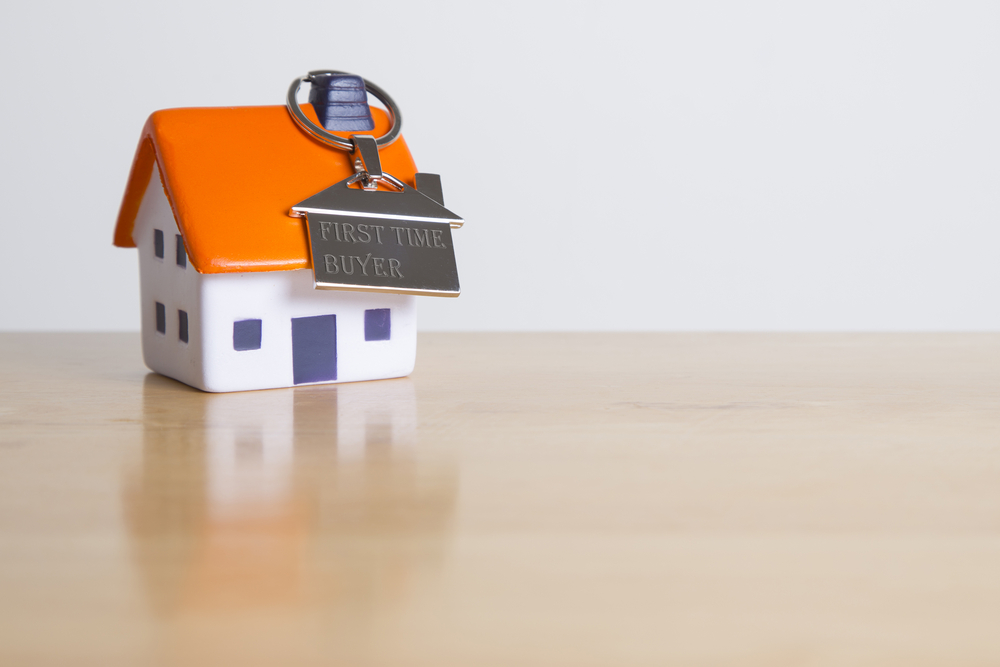Approvals for both purchase and remortgaging increased, indicating a rise in future activity, data from the Bank of England (BoE) shows.
According to its Money and Credit statistics for the month, approvals for house purchase rose from 43,675 in September to 47,383 in October, while remortgage approvals increased from 20,587 to 23,673.
Although there was a rise, remortgage approvals were still significantly below the six-month average of 31,830. House purchase approvals were only slightly down on the 48,716 six-month average.
A stabilised market
Industry insiders professionals said the uptick in approval activity was inevitable amid falling interest rates and a more stable market.
Mark Harris, chief executive of SPF Private Clients, said the pause in base rate hikes “gave borrowers hope” that rates had peaked, while estate agent Jeremy Leaf said the activity was “particularly interesting” at it covered the period just before and after the base rate hold.
“Strong wage growth and falling inflation encouraged more activity with the market proving surprisingly resilient once again,” Leaf added.
Karen Noye, mortgage expert at Quilter, said: “This uptick, though modest, hints at a resilient segment of buyers gradually adapting to the new normal of higher interest rates and navigating an uncertain economic landscape.”
However, she said the overall mortgage landscape was still “subdued”, adding that the decline in gross lending suggested that high interest rates “dampened the enthusiasm for new mortgages”.
Noye added: “While mortgage rates show signs of stabilising, they remain significantly higher than in previous years.
“What we’re witnessing is a delicate balancing act. On one side, there’s a persistent demand for housing driven by limited stock and rising rental costs, nudging potential buyers towards purchasing despite the high costs. On the other, the deterrent of expensive mortgages and economic uncertainty is leading many to adopt a wait-and-see approach. This push-and-pull dynamic is likely to keep the market in a state of flux.”
Gross lending drop
Gross mortgage lending declined from £18.1bn in September to £16.2bn in October, while gross repayments fell from £19.5bn to £17.2bn.
On net, individuals repaid £100m of mortgage debt in October compared to £1bn in the previous month.
Matt Surridge, sales director at MPowered Mortgages, put this down to the cost-of-living crisis forcing households to tighten their finances.
He added: “That being said, we are optimistic that stabilising rates and greater product innovation will likely drive increased activity in the coming months. Inflation falling sharply in October is a sign of good things to come, and we anticipate an upswing in mortgage approval activity after the new year.”
Interest rates on newly drawn mortgages rose by 0.24% to 5.25% in October. Meanwhile the rate on outstanding mortgages came to 3.2%, which was a 0.06% rise compared to the previous month.
Alice Haine, personal finance analyst at Bestinvest, said: “Even if interest rates have hit their peak, mortgage rates are still sky-high in comparison to the lows experienced just two years ago.
“Many people emerging from the cheap deals they secured before the tightening cycle are still facing a worrying jump in repayments and with most borrowers on fixed rate mortgages, the drag from high interest rates will continue to have repercussions for mortgage lending – and the property market – for some time to come.”





